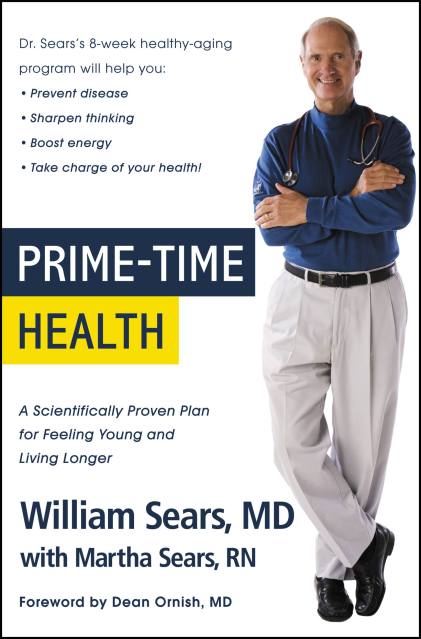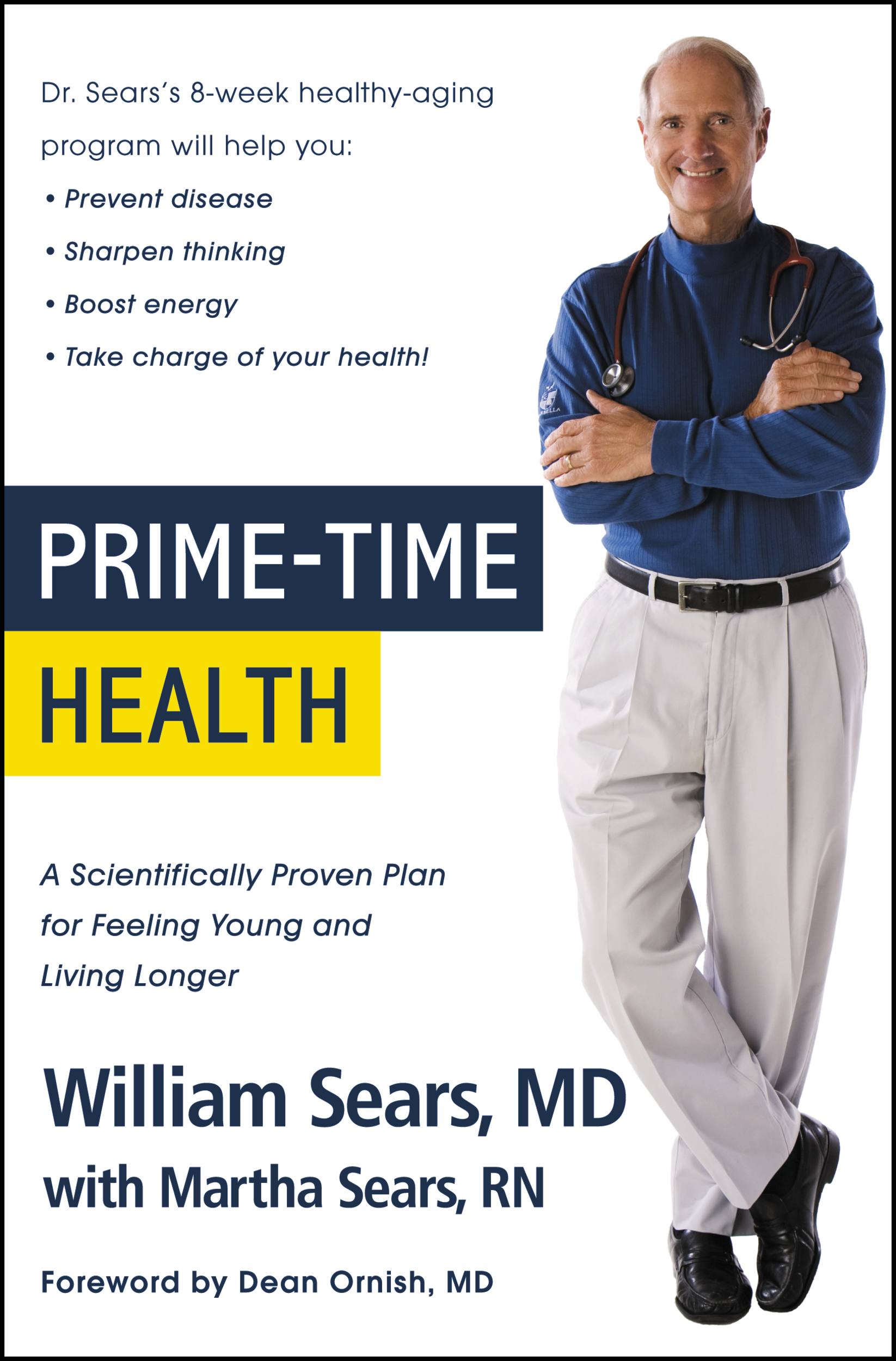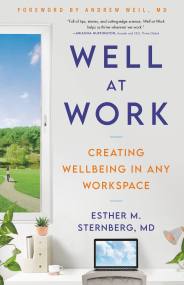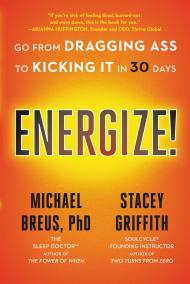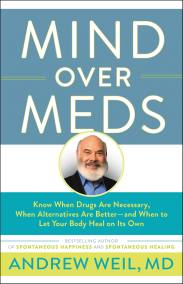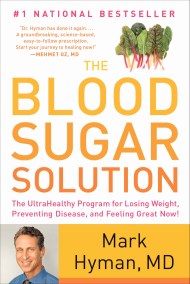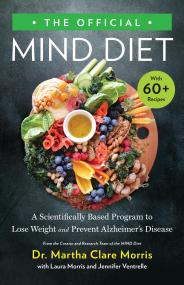Promotion
Use code MOM24 for 20% off site wide + free shipping over $45
Prime-Time Health
A Scientifically Proven Plan for Feeling Young and Living Longer
Contributors
With Martha Sears, RN
Formats and Prices
Price
$11.99Price
$15.99 CADFormat
Format:
- ebook $11.99 $15.99 CAD
- Audiobook Download (Unabridged)
- Trade Paperback $21.99 $28.99 CAD
This item is a preorder. Your payment method will be charged immediately, and the product is expected to ship on or around January 6, 2010. This date is subject to change due to shipping delays beyond our control.
Also available from:
Twelve years ago, renowned physician and author Dr. William Sears was diagnosed with cancer. He, like so many people, wanted — and needed — to take control of his health. Dr. Sears created a comprehensive, science based, head-to-toe program for living a long, fit life — and it worked.
Now at the peak of health, Dr. Sears shares his program in Prime-Time Health. This engaging and deeply informative book will motivate readers to make crucial behavior and lifestyle changes. Dr. Sears explores how to keep each body system healthy and delay those usual age-related changes. Written in Dr. Sears’s wise, accessible, and entertaining voice, Prime-Time Health is a practical program to help you live your best life possible-pain-free, disease-free, stress-free, and medication-free.
Now at the peak of health, Dr. Sears shares his program in Prime-Time Health. This engaging and deeply informative book will motivate readers to make crucial behavior and lifestyle changes. Dr. Sears explores how to keep each body system healthy and delay those usual age-related changes. Written in Dr. Sears’s wise, accessible, and entertaining voice, Prime-Time Health is a practical program to help you live your best life possible-pain-free, disease-free, stress-free, and medication-free.
Genre:
- On Sale
- Jan 6, 2010
- Page Count
- 464 pages
- Publisher
- Little Brown Spark
- ISBN-13
- 9780316071406
Newsletter Signup
By clicking ‘Sign Up,’ I acknowledge that I have read and agree to Hachette Book Group’s Privacy Policy and Terms of Use
